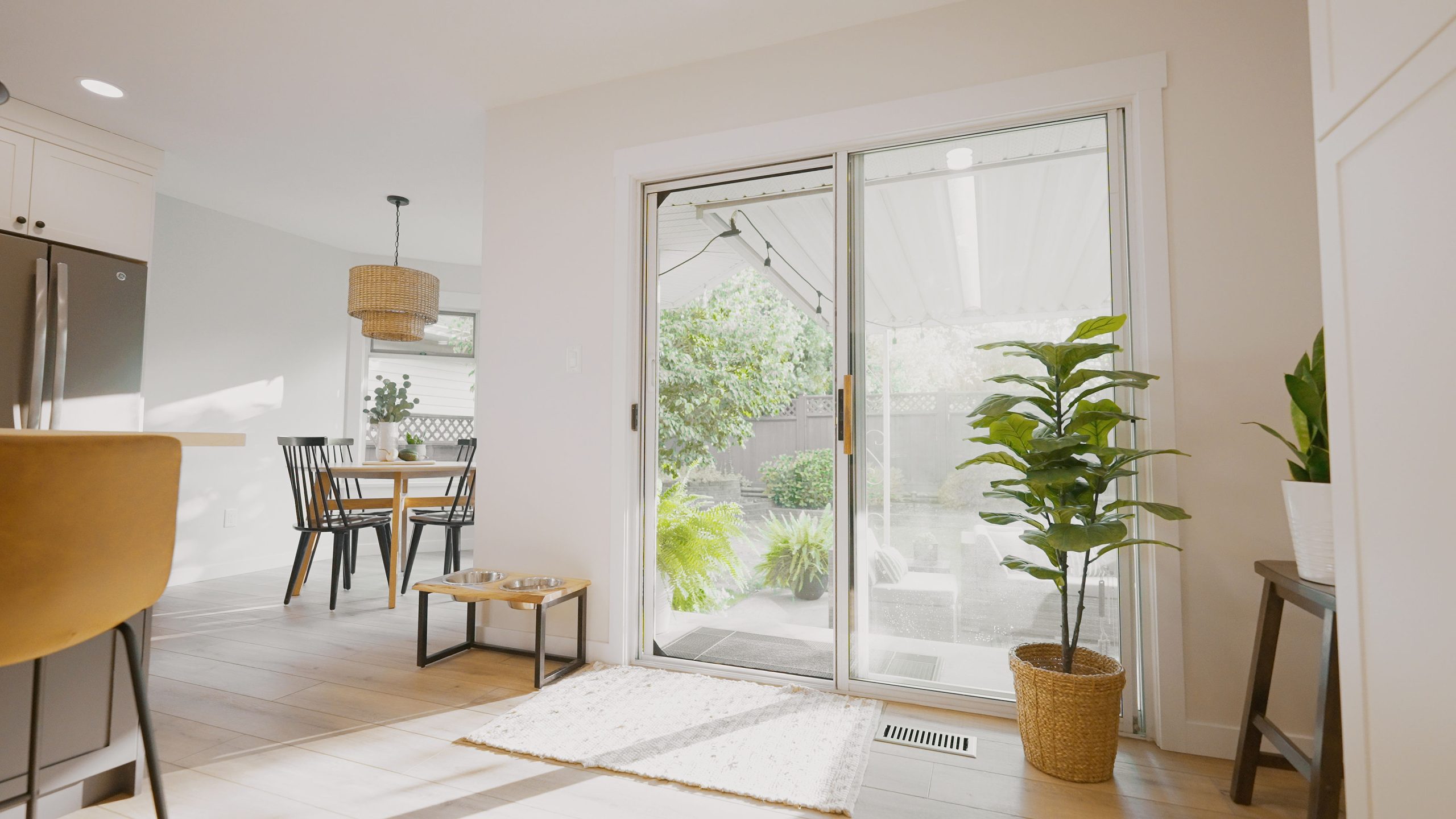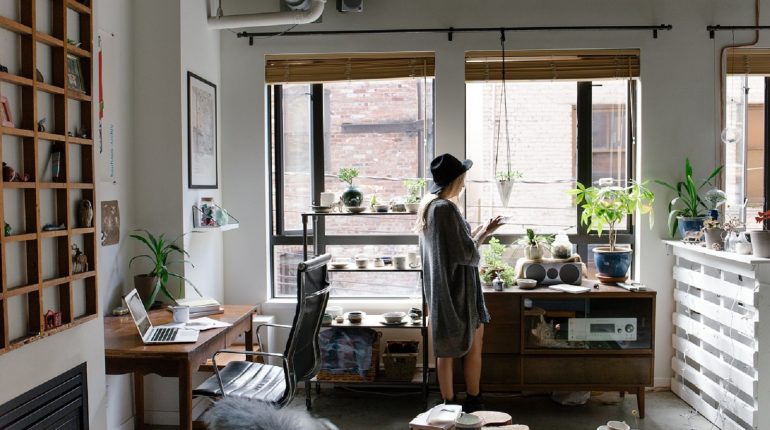
Being eco-friendly at home doesn’t just pertain to indoors –– it’s also what you do outside. Wherever you spend your time or enjoy life can be impacted positively with small, everyday changes. From passive cooling to cultivating a garden to growing your own food, we have 5 ways to be more eco-friendly at home.
1. Reduce, Reuse, Recycle
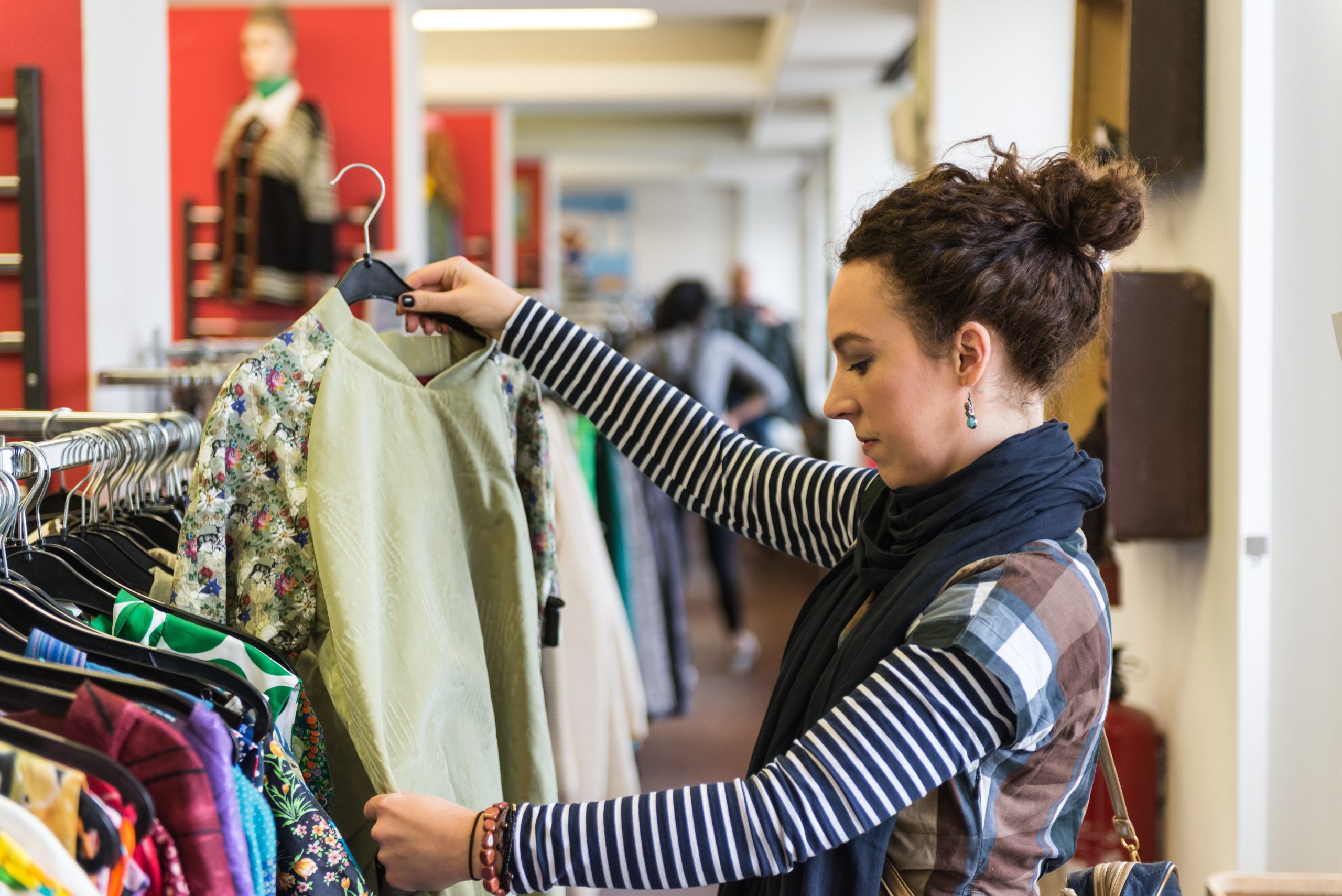
There are a ton of great ways to reduce and reuse. Reduce waste by paying attention to packaging when shopping or ordering online. Look for products with minimal, recyclable, or no packaging. Decline the option of plasticware and straws with carryout food if you’re bringing it home to eat.
Carrying your own shopping bag has been a well-received practice for years (just don’t leave them in the car!). Swapping other single-use items like water bottles, straws, paper plates, and paper towels for reusable options reduces plastic and adds some personality to your items! Have fun with it, add stickers to your reusable water bottle, or grab some tea towels and plates that match your kitchen’s aesthetic.
Thrift stores, garage sales, and flea markets are also great places to find previously loved items that add character to your home and help you reduce waste.
2. Go Green Outside (or inside)
A refreshing, serene feeling washes over you when you open the windows and doors after being cooped up for some long. With a flick of the wrist or a push of a button, the sights and sounds of the neighborhood greet you.
Phantom Screens allow fresh air and passive airflow in your home just by opening the doors. No loud AC units or power-sucking systems are needed here. It’s the organic, all-natural AC option.
Studies have also found that cooling and shading your home from the outside can significantly reduce your home’s temperature. Block the sun, and you’ll stay cool more efficiently.
3. Shop Farmer’s Markets
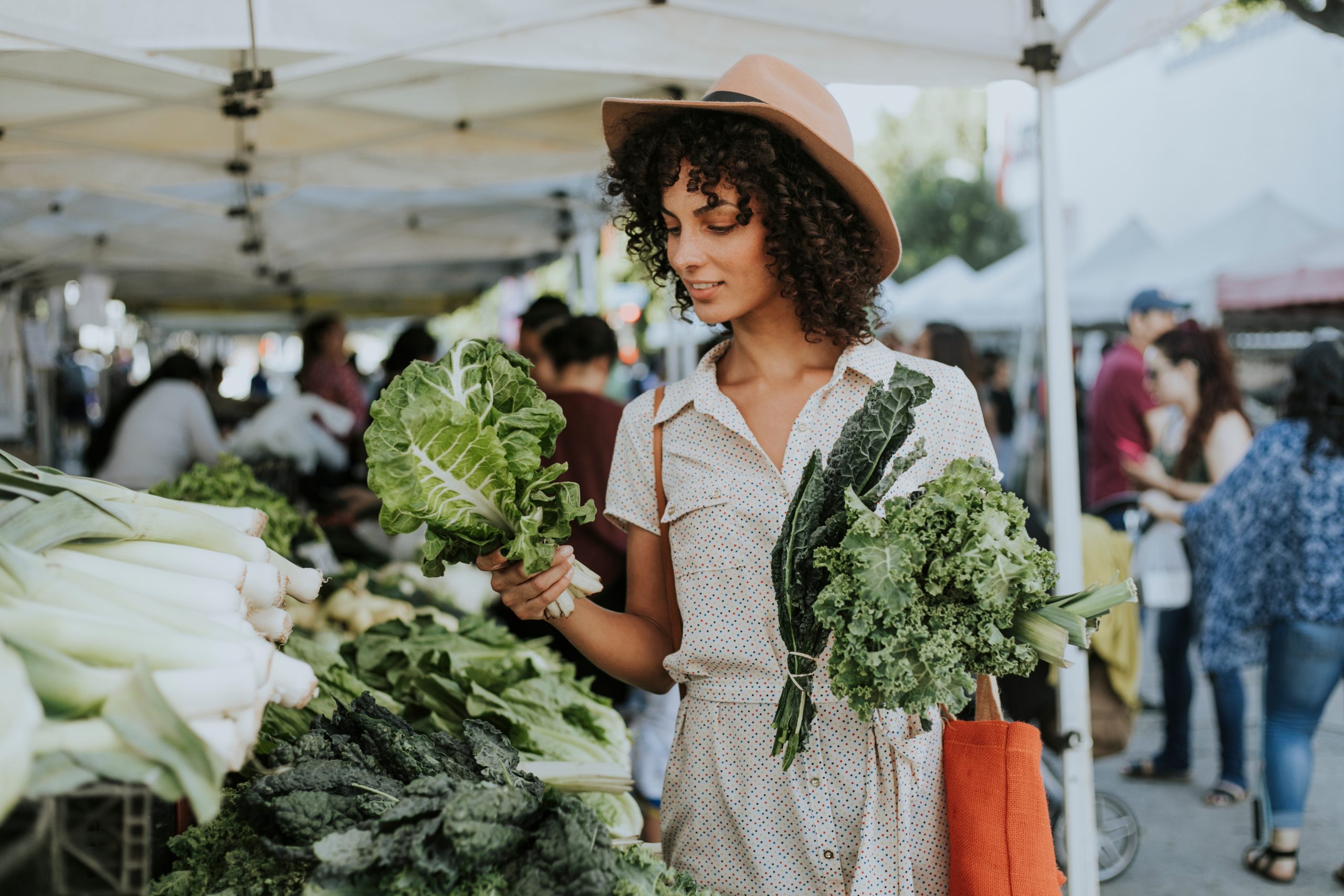
Fresh produce can travel far before it reaches your grocer. Farmer’s markets produce a “farm to table” friendly experience, which can reduce the distance traveled from plant to fridge. Buying from small, local businesses is not only sustainable and eco-friendly, it allows you to meet the people growing your food and connect with your community.
Some might even provide recipes for unusual produce you’ve never tried before!
4. Grow Your Own Food
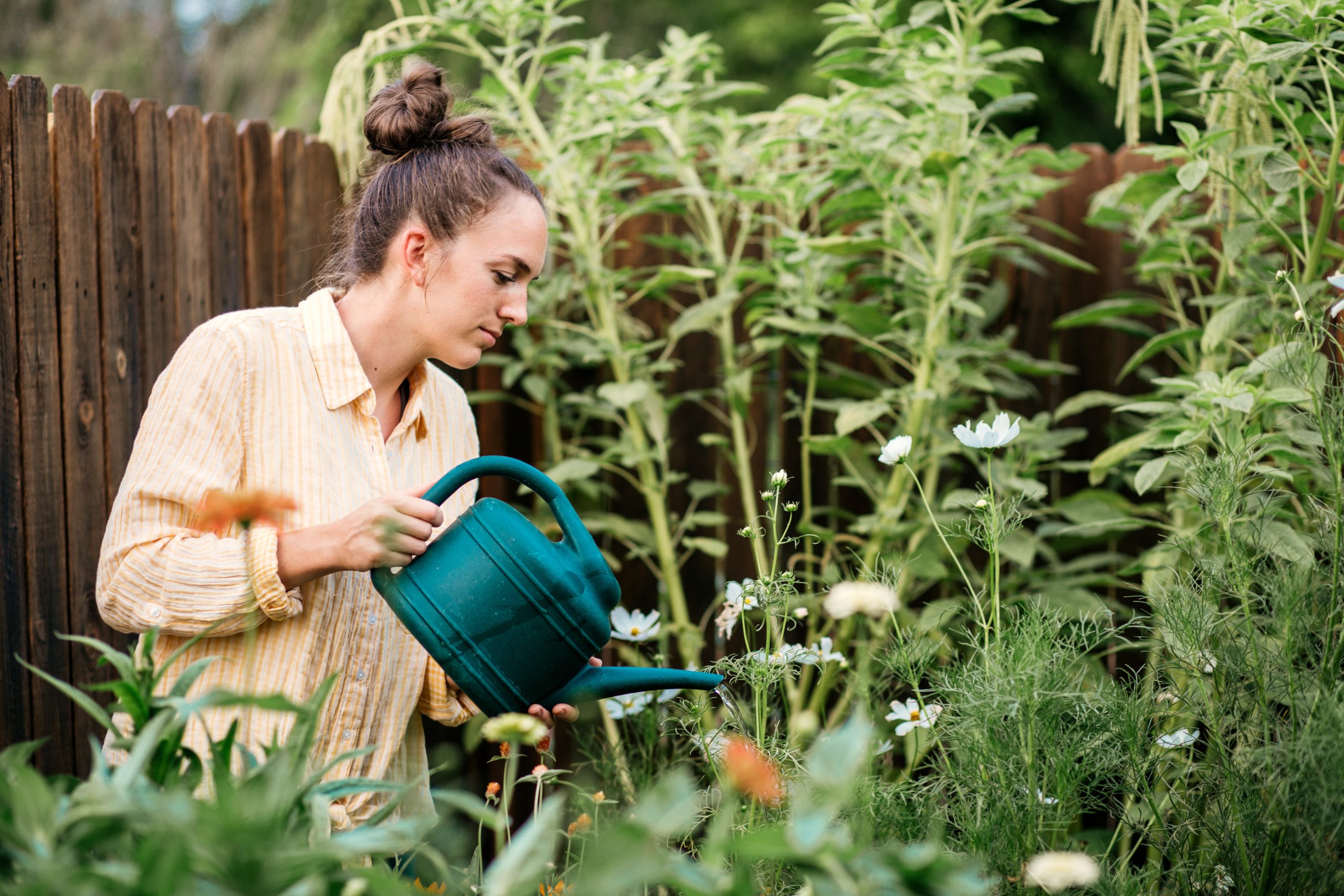
Inspired by farmer’s markets? Try growing your own produce right at home!
Growing your own food is not only eco-friendly but also incredibly satisfying and rewarding. Watching your food grow from seed to a part of your dinner makes you appreciate where your food comes from and how much resource and energy it takes. Nothing beats picking a tomato straight from your garden and eating it while it’s still warm from the sun.
The Native Plant Society of British Columbia offers great information about the best plants for your landscape. Other North American native plant societies have similar information and make good resources.
5. Explore Buying Options

Not only do you want to look at a product’s packaging, but you’ll also want to look at what a product is made of (plastic, metal, cloth) and decide how that fits with your eco-friendly commitment. Some things might be more expensive but made with sustainable materials, such as bamboo rather than cotton. Typically those sustainable products last longer too. Buying appliances? Watch the energy star rating, which can help lower your bills.
These are just a few suggestions for greening your life inside your home and landscape. Creating an eco-friendly life requires commitment, but knowing you’re doing everything possible to promote a better environment for yourself, your neighbors, and generations to come is well worth it.

